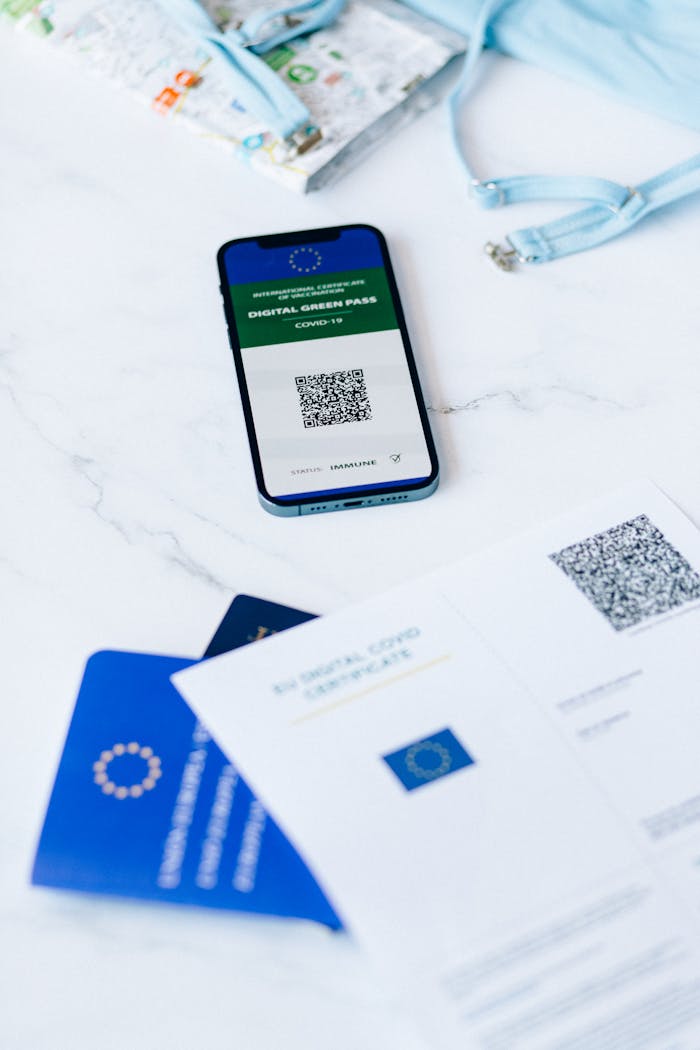The U.S. green card (officially known as a Permanent Resident Card) allows immigrants to live and work permanently in the United States. But there’s no one-size-fits-all path — there are many different ways to qualify, and each has its own rules, paperwork, and waiting periods.
In this guide, we’ll explain 5 of the most common ways to qualify for a green card in 2025, including who’s eligible and what to expect during the application process.
1. Family-Based Green Cards
Family sponsorship is one of the most common ways to get a green card.
Who qualifies:
- Immediate relatives of U.S. citizens: spouses, unmarried children under 21, and parents
- Other family members: siblings, married children, and relatives of green card holders (subject to annual quotas)
Key forms:
- I-130 (Petition for Alien Relative)
- I-485 (if applying from inside the U.S.)
Processing time: 10 months to several years depending on the category and country
2. Employment-Based Green Cards
If you have a job offer or special skills, you may qualify for a green card through employment.
Main categories:
- EB-1: Priority workers (e.g., researchers, executives, individuals with extraordinary ability)
- EB-2: Advanced degrees or exceptional ability
- EB-3: Skilled workers and professionals
- EB-4: Special immigrants (religious workers, broadcasters, etc.)
- EB-5: Investors who invest $800,000+ in a U.S. business that creates jobs
Key forms:
- PERM Labor Certification (for most EB-2/EB-3 cases)
- I-140 (Immigrant Petition for Alien Worker)
- I-485 (for Adjustment of Status)
Processing time: Varies widely (1–5+ years depending on category and priority date)
3. Asylum or Refugee Adjustment
If you’ve been granted asylum or entered the U.S. as a refugee, you may apply for a green card after 1 year.
Who qualifies:
- Individuals who were granted asylum or refugee status
- Derivative family members included in the original grant
Key form:
- I-485 (Adjustment of Status)
Note: You do not need to file an I-130 or pay a new sponsorship fee.
4. Diversity Visa Lottery
The Diversity Visa (DV) Lottery grants 55,000 green cards annually to people from countries with low rates of immigration to the U.S.
Who qualifies:
- Individuals from eligible countries
- Must have at least a high school diploma or qualifying work experience
How it works:
- Apply online at dvprogram.state.gov
- If selected, complete consular processing abroad (Form DS-260)
Tip: This is a free lottery — beware of scams or unofficial sites
5. Humanitarian and Special Programs
Several humanitarian and special programs allow certain individuals to qualify for a green card.
Examples include:
- VAWA (Violence Against Women Act): Self-petitioners abused by a U.S. spouse or parent
- U visa: Victims of certain crimes who help law enforcement
- T visa: Victims of human trafficking
- Special Immigrant Juvenile (SIJ): Minors abused or abandoned by parents
- TPS Adjustment: Certain TPS holders with eligibility to adjust under special provisions
Each program has specific forms, timelines, and legal requirements. An immigration attorney can help navigate these complex options.
Whether through family, work, humanitarian protection, or the lottery, there are many paths to lawful permanent residency in the U.S. Each route has different steps, documents, and waiting times.
Understanding your eligibility is the first step. If your case is complicated or time-sensitive, it’s wise to consult with a licensed immigration attorney or accredited legal service.


